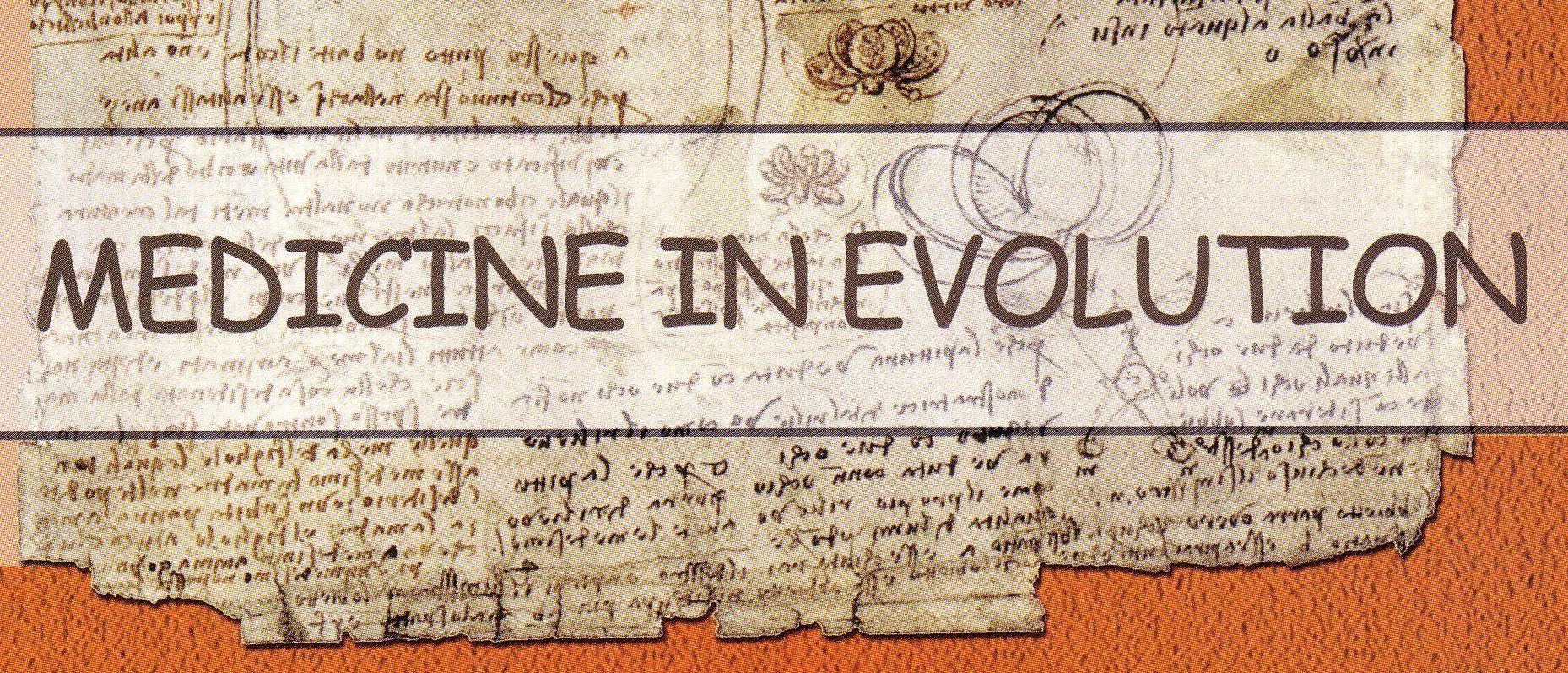|
Medicine in evolution
|
- Abstract - Glass ionomers appeared in 1971, being used initially as luting cements. Later, due to their improved composition, they were given other uses as well, currently being widely used as linear or bases, for restorations and core build-ups. Other medical fields in which glass ionomers have proven useful are prevention and endodontics. Some of the main advantages of glass ionomers are: adherence to hard dental structures, even in damp environment, and fluoride release, with cardio-prophylactic effect. Various separate classes of glass ionomers have been developed in time: metallic ionomer cements and condensable ionomer cement, used in posterior restorations. Resin-modified glass ionomers have emerged as hybrid materials, betweens glass ionomers and composite resins, the resulting material aiming to combine the qualities of its two components, while excluding its disadvantages. As materials for coronary restoration, glass ionomers can be used in extremely diverse clinical situations, separate products having been developed for each case in part. The most diversified and best quality offer on the market as far as glass ionomers are concerned belongsm probably, to the GC company, with its various types of glass ionomers of the Fujy family. Considering these aspects, as well as the fact that our clinical experience has mainly focused on this class of materials, the study will present some actual clinical applications of the glass ionomers belonging to this family. Key words: glass ionomer cement, resin-modified glass ionomer cement
Webmaster: Creanga Madalina |
|---|
